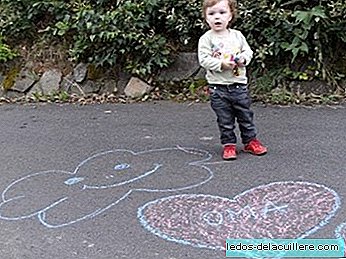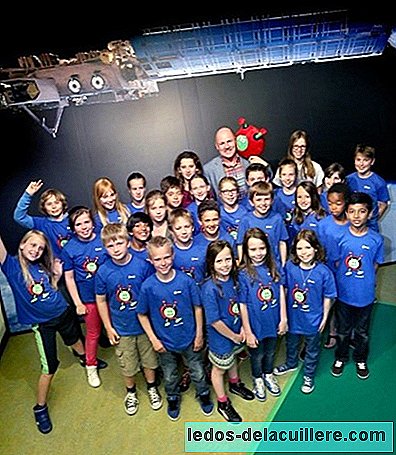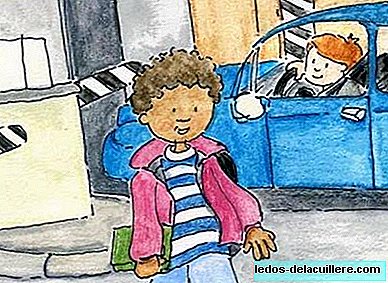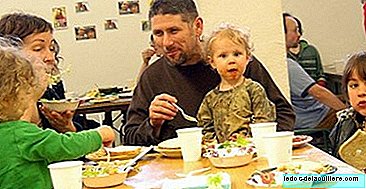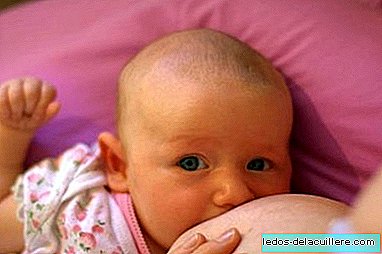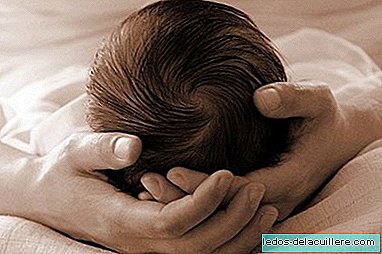
Lifetime recommending that mothers put babies to sleep on their stomachs and in 1992 the American Academy of Pediatrics (AAP) takes a 180 degree turn (never better said) and decides to recommend to parents Babies sleep on their backs to reduce the incidence of sudden infant death (SMSL).
Since then, millions of parents around the world put their children to sleep in that position, producing something that was not planned: from that moment cases of babies with plagiocephaly have increased, better known as "flat head".
The plagiocephaly it is the flattening of the skull, either by the front or back of the head, being in this case later, because with the pressure produced by gravity, with the head resting on the mattress, the skull takes on a flattened shape.
This is confirmed in a study conducted in Texas, where cases of plagiocephaly produced between 1999 and 2000 have been analyzed. During this period it was observed that cases of children with flat heads had increased from 3 to 28.8 per 10,000 babies.
This significant increase occurred in all the subgroups studied, without any difference when comparing the mother's age, the ethnic group to which she belonged, the educational level, the sex of the baby and her gestational age.
Despite the data, experts recommend following the same measure of knocking children on their backs because the prevalence of sudden infant death syndrome has decreased and, obviously, between one thing and another, it will always be better to run the risk of having plagiocephaly than to run the risk of having an SIDS.
Personally I have seen few cases of plagiocephaly, but when I have seen it I have observed that they are rather calm children, of those who move little in the cradle. Questioning mothers often explain that they can get to sleep a lot in the strollers and that even when they are awake they rarely ask to go in their arms.
In my view, the ideal thing is to put babies to sleep on their backs, trying to make their heads tilt. In fact when babies are small they do it without our help, because the rather oval shape of their heads makes them tend to fall to one side or the other. When they grow up, we just have to take a little caution. If we see that our baby spends a lot of time lying on his back the ideal is to change your position a little so that your head is receiving pressure at different points.
Plagiocephaly is, to date, an aesthetic problem. Many times it resolves over time, or is quite disguised, although it is best to prevent it. I say "to date", because in the last decade there are some studies that seem to show that there could be some slight alteration of behavior, learning or general development, although apparently they are not quite conclusive.


